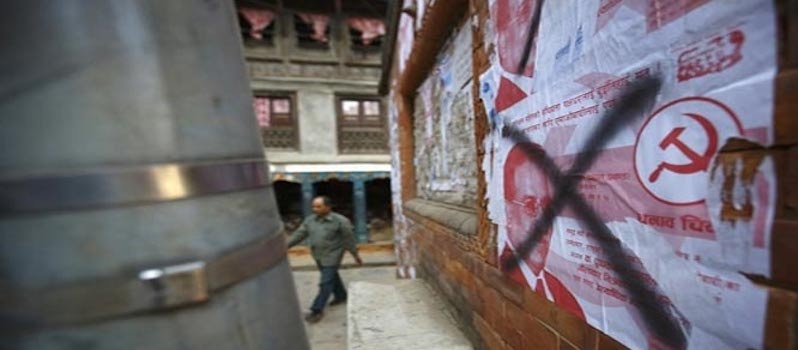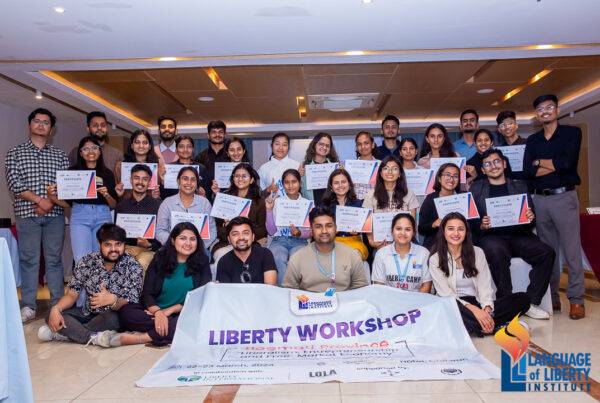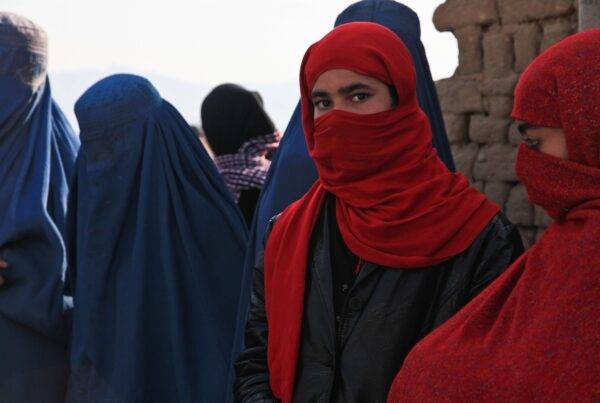I write to you today with a sigh of relief. With the fresh round of elections for the Constituent Assembly, the communist party, especially the Maoists have been downsized considerably thereby reducing the possibility of a communist dictatorship.
After Nepal’s first ever Constituent Assembly (CA) failed to deliver the constitution on May 2012 and got dissolved, efforts were made to create a multiparty government. But the political negotiations where the Maoist party exercised much influence (Dr. Baburam Bhattarai from the Unified Communist Party Nepal (Maoists) still being the Prime Minister of the caretaker government) led to the formation of a technocratic electoral government in March 2013.
In the meantime, a hardline faction split from the Unified Communist Party Nepal, Maoists on June 2012. The split faction led by Mohan Vaidya later opposed the second CA elections held on November 2013 and even used violent means, such as bombing, to deter the political parties and citizens from participating in the elections.
Amidst ambiguity and confusion regarding the electoral technocratic government, led by Chief Justice Mr. Khil Raj Regmi, and its mandate, the second CA election was initially announced to be held on November 2012. Despite speculations to the contrary, the elections were held in a largely free and fair manner on November 19 2013. With a voter turnout of over 75% (despite violent obstructions and national strike by the hardline Maoist faction) and deemed free and fair by almost all national and international observers, the results of the election has left a huge majority of people and analysts shocked, especially the Maoist party itself.
With the results of both front past the post voting and proportional representation, it could be said that Nepal’s politics has moved marginally towards right where Nepali Congress, the country’s oldest political party and considered to be fairly centrists have won around 37 percent of CA seats. Similarly, The Communist Party of Nepal (Unified Marxist-Leninist) has come in second with around 32 percent of the seats. Despite their party’s name, the Marxist-Leninists are considered only slightly left of the center in Nepal.
The Unified Communist Party of Nepal (Maoist), the dominant Communist party, secured only around 15 percent of the seats, which is a small fraction of its previous share of 37% in the 2008 elections. The conservative party with monarchy and Hindu nation still on their agenda won around 5 percent of the seats whereas other parties considered left of the center constitute around 11 percent of the total CA seats.
The Unified Communist Party of Nepal –Maoist (UCPN-M), which was the largest party in the last elections and other ethnicity-based parties of the south who lost several seats do not seem to be happy with the results. They have been claiming that the elections were rigged and it should be ‘re-evaluated’. UCPN-M has gone to the extent of announcing that they will not participate in the CA process if the results are not reevaluated. This looks like yet another tactic to divert the agenda from the Maoist Sumpremo Prachanda’s failure as a party leader and to ensure their larger participation in the Constituent Assembly despite the hard hit loss.
If we look at the current mandate of the largest (but still not enough to majority) party in the CA, Nepali Congress should lead the government in coalition with other parties and also lead the process of constitution formulation and promulgation. The CA needs to finalize the constitution within two years and run the government of the next four years.
Nepali Congress has had the reputation of being a pro economic liberalization party. However, power conflict and personality clashes and rifts within the party are very strong, as seen in the past. This kind of political bickering has already started within Nepali Congress and CPN-UML. Yet we are anticipating a new government will be sworn in within a month’s time.
Nepali Congress, as a mandated leader of this process has been making public statements that it would work towards creating a bi-partisan consensus government in this leadership. But the possibility of a bi-partisan consensus government is bleak. In a case like this, the best likeliness is that the largest two parties -Nepali Congress and CPN-UML- will form a joint government.
If this scenario works out, we can expect a fairly stable political situation and possibility of a constitution actually being promulgated within stipulated time period. However, the strategic steps of the UCPN-Maoists will be critical to the overall process. As the political discourse has been shaping everyday, it is yet premature to predict what the UCPN-Maoists party will settle with. Will they accept the mandate of the elections and adhere to the accepted democratic norms, or will they come up with new non-democratic tantrum to win political strength? That is yet to be seen.
As to Samriddhi’s work, we are hopeful that the constitution will get the needed momentum and rationality this time. With the constitution being the principal document that will guide Nepal’s upcoming policies and regulations; we intend to focus our efforts in contributing towards a more reasonable constitution.
It’s is a great opportunity for us to translate our campaign for a liveable Nepal “Gari Khana Deu” into impact by advocating its core fundamentals namely: Rule of law; Safety of Life and Property; Freedom to enterprise and professional choice. On the policy side, we are aiming to influence the economic policy regime towards a more positive direction.
Along the same lines, together with our strategic partner Federation of Nepalese Chamber of Commerce and Industry (FNCCI), we are hosting Nepal Economic Summit in February 2014. The Summit aims to offer pointers to the policy makers towards the direction of policy changes Nepal needs to adopt for economic growth and prosperity. These are some of our efforts to advancing freedom in Nepal.




